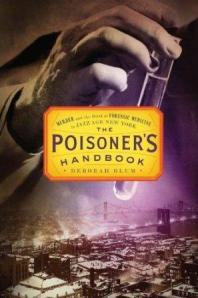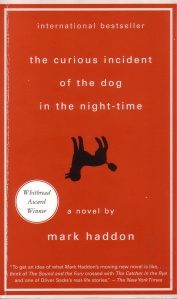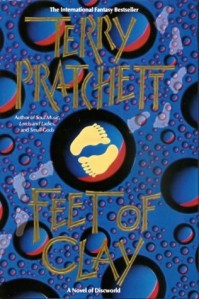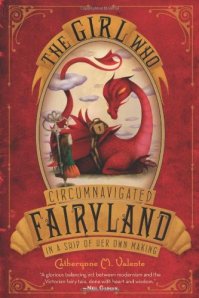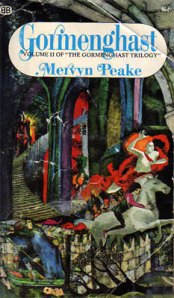Happy Fourth of July, everybody!
The other day I was cruising about The Mad Reviewer, Carrie Slager’s very prolific book review blog. If you haven’t seen this blog before, check it out. If a YA book exists, chances are that Carrie has read it and has something to say about it. I asked her what she thought about the recent trend of steampunk books, and she replied with this guest post:
.
.
So Margaret asked me: “Hey what is your opinion on the sudden hotness of the steampunk genre? Do you thin kit’s going to last? I remember having a conversation with some friends last year, and they said that the problem with steampunk is that nobody’s written anything serious in the genre, only frivolous books. Could you write a blog post about that?”
Why yes I can, Margaret. Yes I can.
Do you guys remember when pundits were predicting the death of the Western? How about science fiction? Fantasy? Historical fiction? Romance? The book itself? My point is that although so-called experts have predicted the disappearance of practically every genre, they’re still here. Steampunk is definitely a fascinating sub-genre and I suspect that it’s here to stay, no matter what literary experts say.

However, that’s not to say the trend won’t cool off. Genres go through trends, just like music, movies, clothes, you name it. Steampunk is on a current high, but it will drop as people tire of it and move on. Remember the huge paranormal romance craze after Twilight’s success? That’s mostly died down now and general fantasy and steampunk have replaced it temporarily.
Contrary to what some of Margaret’s friends and many pundits seem to think, steampunk is a serious genre. As for the claim that no one has written anything serious, define ‘serious.’ If you definite serious as ‘a sweeping epic that questions our fragile mortality and the futileness of it all in a Margaret Atwood-esque style’, then you won’t find anything mainstream, let alone steampunk. However, if you use a less narrow definition like ‘it’s meant to entertain and may or may not impart some important life lessons’, then yes, there is a high volume of serious steampunk.

Take Scott Westerfeld’s Leviathan trilogy, for example. It’s set in an alternate version of 1914 Europe and I really don’t think there’s anything not serious about how the First World War started. Alek and Deryn, the novel’s two main protagonists, are serious characters because they get into very real danger and suffer very real consequences. There may not be many grand themes you can over-analyze in typical novel study-like fashion, but that doesn’t mean they’re not serious books.
So yes, steampunk will cool off but it’s here to stay and yes, it is a serious genre. Literary snobs and my fellow self-appointed critics, you may begin writing your hate mail now.




